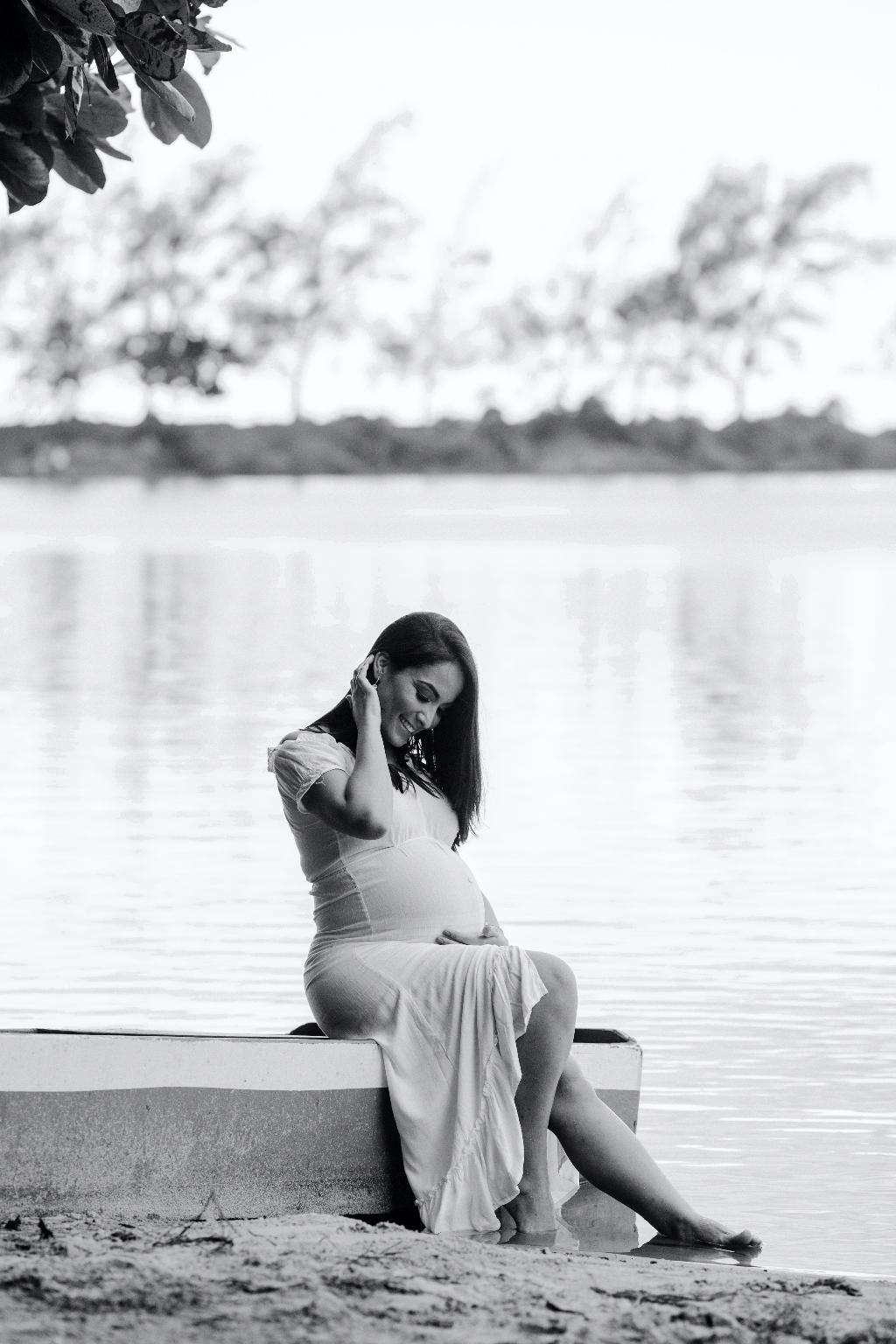When it comes to the concept of having a baby bump at just 2 weeks pregnant, it’s essential to delve into the intricacies of the early stages of pregnancy. At this early point, many individuals might wonder if it’s possible for a baby bump to start showing.
The Science Behind Pregnancy at 2 Weeks
At two weeks pregnant, the reality is that the baby bump that typically characterizes pregnancy won’t be evident. The reason for this is that at this early stage, the fertilized egg has only recently implanted itself in the uterine lining.
Mittelschmerz and Ovulation
The slight twinge or ache often associated with Mittelschmerz, which some individuals might experience, occurs due to the release of the egg during ovulation. This sensation can be mistaken for early pregnancy symptoms, contributing to the misconception of a baby bump.
Bodily Changes at 2 Weeks
While there won’t be a visible baby bump at 2 weeks, some women may start to notice minor changes in their bodies. Increased bloating or gas can be common symptoms experienced during this early stage of pregnancy.
Growth of the Embryo
During the second week of pregnancy, the embryo is still in its initial stages of development. It is crucial to understand that the growth process of the baby is gradual and takes time before physical changes become apparent.
Reality Check: No Baby Bump
It’s essential to manage expectations and recognize that the formation of a baby bump is a gradual process that typically becomes noticeable in the second trimester. At 2 weeks pregnant, the focus should be on early prenatal care and supporting the embryo’s development.
Emotional Journey of Early Pregnancy
The emotional aspect of early pregnancy can be overwhelming for many individuals. Understanding the biological processes and the timeline of physical changes can help manage expectations and reduce unnecessary concerns about a premature baby bump.
Consulting Healthcare Professionals
For individuals who have questions or concerns about their pregnancy journey, it is always advisable to consult with healthcare professionals. They can provide personalized guidance and support to navigate the early stages of pregnancy confidently.
Importance of Self-Care
Self-care plays a crucial role in fostering a healthy pregnancy experience. At 2 weeks pregnant, focusing on maintaining a balanced diet, staying hydrated, and getting regular exercise can contribute to overall well-being during this critical period.
Celebrating Early Milestones
Every stage of pregnancy brings unique milestones and moments to celebrate. While a visible baby bump may not be present at 2 weeks, acknowledging the miracle of life and the journey ahead can bring a sense of joy and anticipation to expecting parents.
Patience and Preparation
Patience is key in the early weeks of pregnancy. Understanding that physical changes, including the appearance of a baby bump, will occur gradually can help individuals embrace the journey with a sense of calm and readiness for the changes to come.
Conclusion: Navigating Early Pregnancy
In conclusion, the notion of having a visible baby bump at 2 weeks pregnant is a misconception. This early stage of pregnancy is characterized by subtle changes in the body and the gradual development of the embryo. By understanding the biological processes and seeking support when needed, individuals can embark on their pregnancy journey with confidence and positivity.

